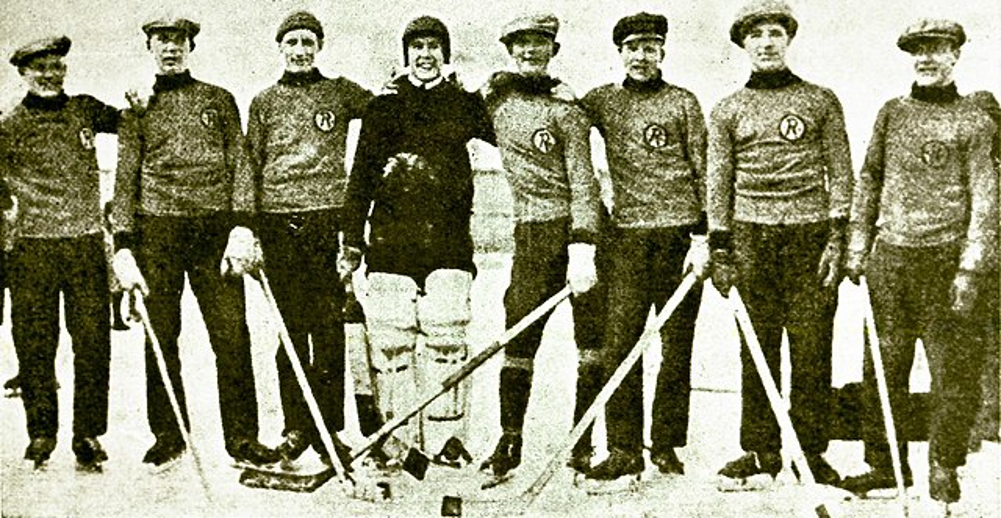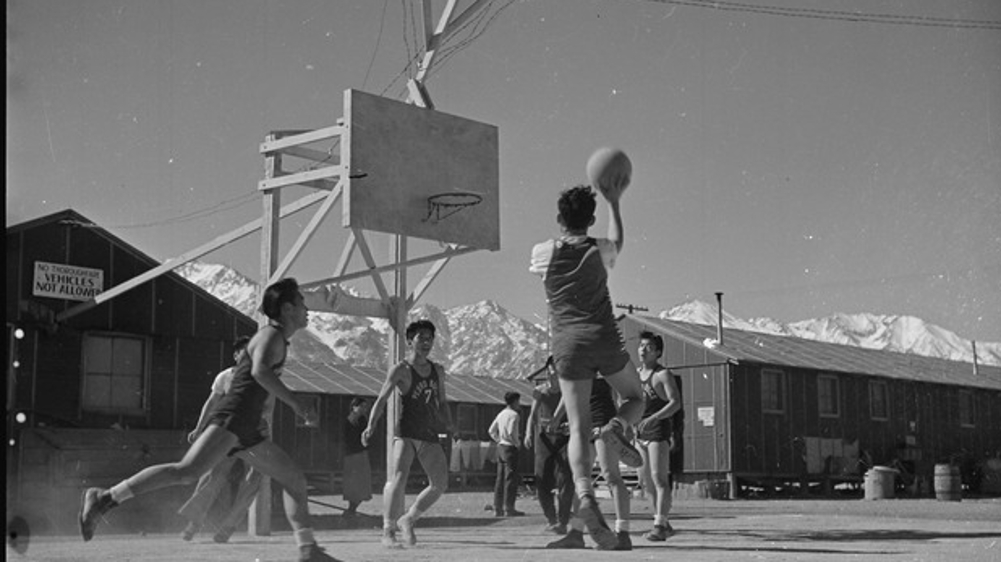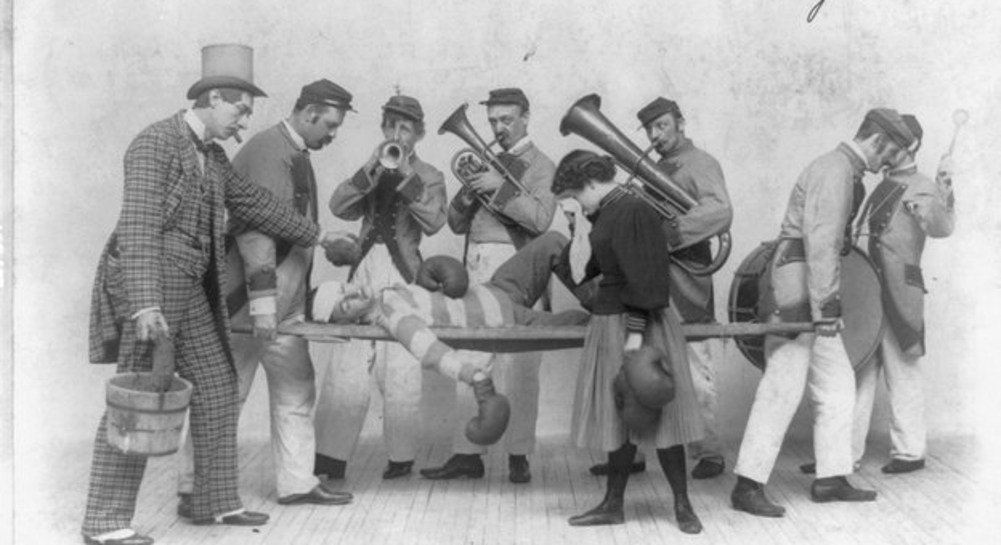Rogers Hornsby And A Reign of Hitting Dominance
Born in 1897, Hornsby's path to baseball stardom wasn't conventional. After a brief stint in the minor leagues, he landed with the St. Louis Cardinals in 1915. While initially a backup, Hornsby's exceptional hitting prowess soon became evident. His unorthodox batting stance, with his feet almost parallel, belied a remarkable ability to make consistent contact and spray line drives across the field.
Hornsby's rise to dominance was meteoric. He led the National League in batting average seven times, including an astounding four consecutive seasons hitting over .400 – a feat unmatched in modern baseball. 1924, he reached the pinnacle, batting a staggering .424, the highest single-season average in the National League since 1894.
Beyond batting average, Hornsby excelled in other offensive categories. He won four RBI titles and led the league in on-base percentage a staggering nine times. His ability to get on base at an elite clip and solid base running made him a nightmare for opposing pitchers. While not a prolific home run hitter, Hornsby possessed a well-rounded offensive skill set that terrorized defenses for over two decades.
Hornsby's leadership qualities were fiercely debated. While some admired his dedication and focus on winning, others found his personality abrasive and his demanding nature off-putting. Despite these complexities, his impact on the teams he played for was undeniable. He led the St. Louis Cardinals to two World Series appearances in 1926 and 1931, winning the championship in 1926.
Hornsby's playing career spanned 23 seasons, during which he amassed a staggering .358 lifetime batting average, second only to Ty Cobb in baseball history. He was inducted into the Baseball Hall of Fame in 1942, a testament to his unmatched hitting prowess.
Rogers Hornsby's legacy transcends statistics and accolades. He revolutionized the concept of hitting not by raw power but by a meticulous approach focused on contact and consistency. He was a player who demanded the most of himself and his teammates, forever etching his name in baseball history as a true hitting legend and a dominant force during his era. Though his personality may not have endeared him to everyone, his relentless pursuit of hitting excellence and remarkable on-field achievements solidified his place as one of the greatest hitters ever to grace the game.
Whitey Ford
Early Brilliance and Military Duty (1950-1952):
-Burst onto the scene in 1950, winning 9 games with a stellar 2.81 ERA as a rookie.
-Drafted into the US Army, missing the 1951 and 1952 seasons, showcasing his dedication and commitment despite the interruption.
Dominating the World Series Stage (1953-1967):
-Became a cornerstone of the New York Yankees dynasty, appearing in a record 22 World Series games.
-Earned a remarkable 10 World Series wins, solidifying his reputation as a "big game" pitcher.
-Led the American League in wins three times and contributed to six World Series championships for the Yankees.
A Master of Control and Efficiency (1953-1967):
-Never pitched more than 255 innings in a season, emphasizing his remarkable durability and reliance on pinpoint control.
-Boasted a career 2.75 ERA, showcasing his ability to consistently limit runs.
-Despite not relying on overpowering fastballs, he mastered deception and location, earning him respect from batters and fans alike.
Legacy and Lasting Impact (1967-present):
-Retired in 1967 with a 236-106 record, boasting the best winning percentage (.690) of any modern pitcher with at least 150 victories.
-Inducted into the Baseball Hall of Fame in 1974, solidifying his place among baseball's greats.
-Revered by Yankees fans and the baseball community for his humility, sportsmanship, and unwavering contributions to the team's golden age.
Born October 21, 1928, in New York City, NY was Baseball Hall of Fame Pitcher Whitey Ford. This legend was a ten-time MLB All Star. Whitey was part of World Series Championships with the New York Yankees in 1950, 53, 56, 58, 61, and 62. He was honored as the MVP of the 1961 Series as he also took home the AL Cy Young Award that year as well.
Chipper Jones A Legacy of Smooth Swings and Power
Born in 1972, Jones' baseball journey began in Florida. He was drafted first overall by the Atlanta Braves in 1990 and quickly rose through the minor leagues, showcasing his exceptional hitting ability and defensive prowess. His debut in 1993 marked the beginning of a remarkable 19-year career, all spent with the Atlanta Braves – a testament to his loyalty and dedication to the team that drafted him.
Jones' offensive prowess was undeniable. He was a switch-hitter, a rarity at the time, and his ability to hit for average and power made him a nightmare for opposing pitchers. Throughout his career, he amassed a staggering .303 batting average, launched 468 home runs, and drove over 1,600 runs. He earned the 1999 National League Most Valuable Player award and was selected to eight All-Star teams, solidifying his place among the league's elite hitters.
Beyond his offensive contributions, Jones excelled defensively. His smooth fielding and strong throwing arm made him a rock at third base. His signature play, "The Flip," a behind-the-back throw to get a runner out at first, became legendary, showcasing his exceptional range and defensive instincts.
Jones' leadership was another defining aspect of his career. A vocal leader in the clubhouse, he inspired his teammates with his work ethic and passion for the game. He was pivotal in the Braves' success throughout the 1990s and early 2000s, helping them win 14 division titles and reach the World Series in 1995 (where they won) and 1996.
Following his retirement in 2012, Jones' legacy continued to grow. He was inducted into the National Baseball Hall of Fame in 2018, a fitting tribute to his remarkable career. Chipper Jones' impact extends beyond statistics and accolades. He was a role model for young players, a symbol of dedication and hard work, and a player who embodied the pure joy of baseball.
Jimmie Foxx Baseball HOF
This legend was a nine-time MLB All Star. Foxx won World Series titles with the Boston Red Sox in 1929, 30 and was awarded the American League MVP 1932, 33, 38. He also won the Triple Crown of baseball in 1933.
Fox played with both the Philadelphia Athletics, Boston Red Sox, and the Chicago Cubs.
Scott Rolen A Hall-of-Fame Third Baseman with Power and Defense
-Early Promise and Rookie Accolades:
Drafted by the Philadelphia Phillies, Rolen quickly established himself as a force. He earned the 1997 National League Rookie of the Year Award, showcasing his well-rounded skillset with a .283 batting average and 21 home runs.
- A Well-Rounded Threat: Rolen was more than just a power hitter. He consistently delivered a high on-base percentage, finishing his career with a .364 OBP. He excelled at hitting for doubles, racking up over 500 throughout his career, and possessed underrated baserunning skills.
-Defensive Mastermind:
While his bat earned him respect, Rolen's true brilliance resided in his defense. He won a staggering eight Gold Glove Awards, the fourth-most among third basemen. His agility, range, and instincts made him a defensive stalwart, consistently saving runs and minimizing errors.
-A Well-Traveled Veteran:
After a successful stint with the Phillies, Rolen found further success with the St. Louis Cardinals, where he played a pivotal role in their 2006 World Series championship. He later played for the Toronto Blue Jays, Cincinnati Reds, and Atlanta Braves, showcasing his adaptability and leadership throughout his career.
-Legacy of Excellence:
Rolen retired with a .281 batting average, 316 home runs, and over 1,200 RBIs. Beyond the statistics, he leaves a legacy of excellence, impacting teams offensively and defensively. His induction into the Hall of Fame solidifies his place among baseball's elite third basemen.
Herb Pennock and His Winding Baseball Road
Debuting for the Philadelphia Phillies at the tender age of 18 in 1912, Pennock's early years were marked by inconsistency. Yet, his raw talent was undeniable. He showcased a deceptive fastball, a sharp curveball, and a masterful changeup, keeping hitters off balance. By 1914, he had established himself as a reliable starter, and in 1915, he led the National League with 27 wins, a feat he would repeat two years later.
He spent his prime years with the Philadelphia Athletics and Boston Red Sox, consistently putting up impressive numbers. He led the league in ERA twice and won over 20 games in three seasons, showcasing his mastery over his new pitching style. His calm demeanor under pressure made him a go-to starter in crucial games, earning him the nickname "The Nerves of Steel."
Pennock's career wasn't without its challenges. He was traded multiple times, facing new teams and environments, but his adaptability and dedication to his craft remained constant. In 1931, at the age of 34, he defied expectations by leading the New York Yankees to a World Series victory, cementing his legacy as a big-game pitcher.
Jesse Haines Baseball Hall of Fame Curveball Pitcher
Haines' journey to St. Louis was unconventional. After years toiling in the minors, he finally got his shot in 1918, only to struggle initially. However, he honed a knuckleball, a pitch known for its unpredictable movement, and in 1920, he became a fixture in the Cardinals' rotation. Despite a losing record that season, Haines' low earned run average hinted at the talent he possessed.
Haines blossomed in the 1920s, becoming a workhorse for the Cardinals. He led the National League in appearances one year and pitched over 300 innings another. His fiery on-field demeanor contrasted with his gentle personality off the field, creating a unique aura around the pitcher.
1924 saw Haines' defining moment – a no-hitter against the Boston Braves, a feat unmatched by a St. Louis pitcher at home for over half a century. He also played a pivotal role in the Cardinals' World Series victories, winning two games in the 1926 championship run.
Haines' longevity was remarkable. He remained a force even in his late 30s, reaching the 20-win mark three times. Though his fastball waned, his ever-evolving knuckleball kept him competitive. He retired in 1937 at the age of 44, the oldest active player in the majors at the time.
Born July 22, 1893, in Clayton, Ohio, was Baseball Hall of Fame Pitcher Jesse Haines. A World Series Champion in 1926, 31, and 34.
Jesse pitched no-hitter 1924 as a member of the St. Louis Cardinals. Earlier in his career he had a brief stint with the Cincinnati Reds and a few more years in the minor leagues before becoming a Cardinal. Retiring in 1937 with a 210–158 win–loss record, Haines was a coach with the Brooklyn Dodgers in 1938.













